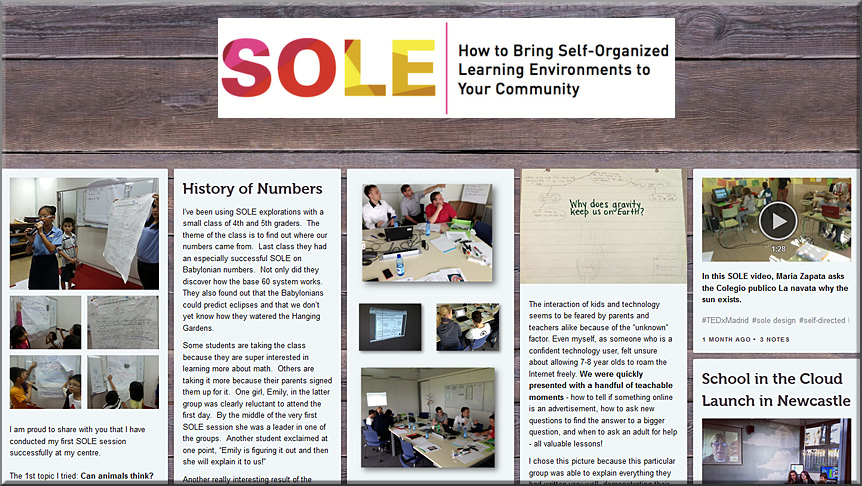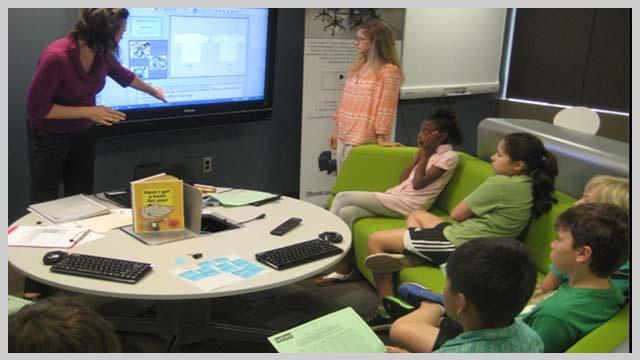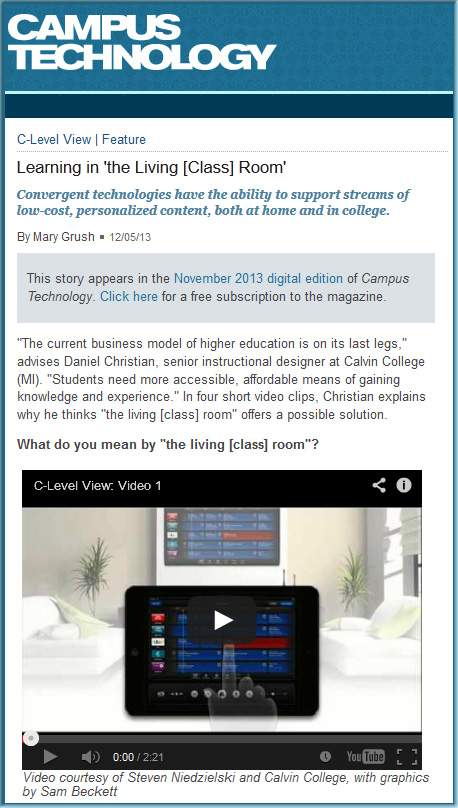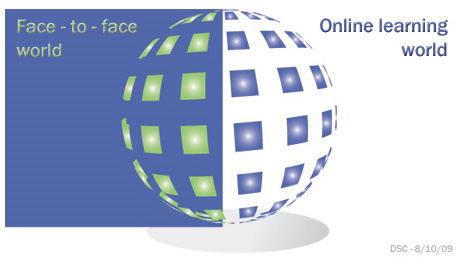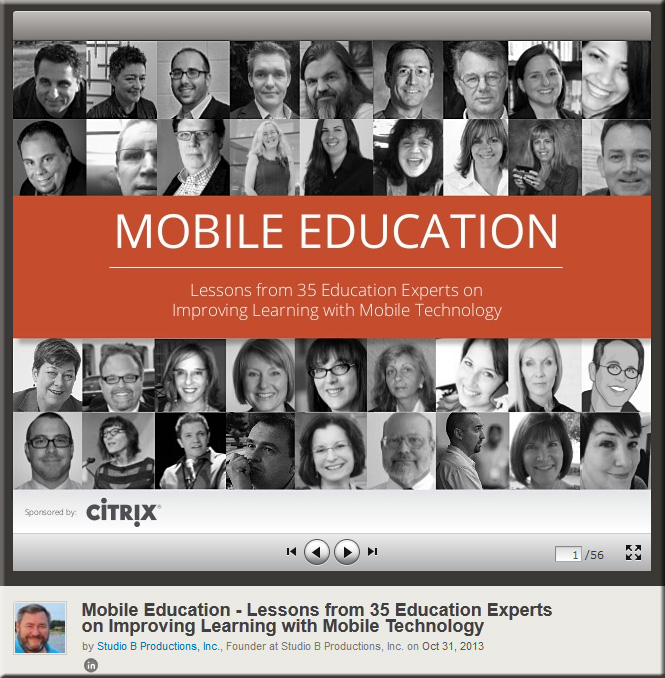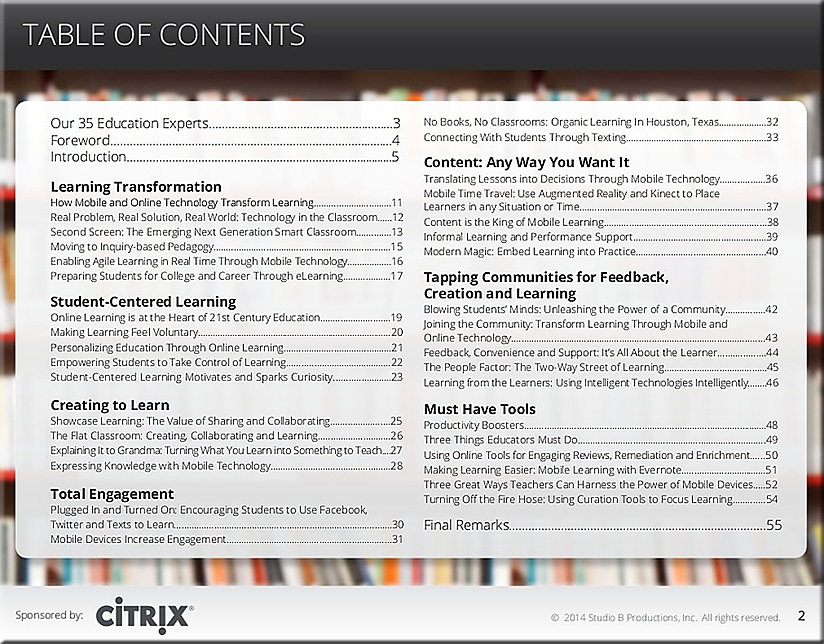A growing divide? — from steve-wheeler.blogspot.com
Excerpt:
The question we now need to ask is: Will there be a divide between learning that continues to rely on traditional learning spaces, compared to learning that takes place largely outside the walls of the traditional classroom? Moreover, if there is such a divide, will it be delineated by its cost effectiveness, its conceptual differences, or its pedagogical impact?
Power sharing — from steve-wheeler.blogspot.com
Excerpt:
Many agree that technology has a role to play in this shift in pedagogical emphasis. Students now bring their own devices into the traditional learning environment, creating their own personal networks and learning environments. They are intimately familiar with the functionality of their devices, knowing how to use them to connect to, create and organise content. They are adept at connecting to their friends and peers too, but will they be willing to power share with their professors, take on greater autonomy and assume more responsibility to direct their own learning in the future?
Digital age assessment — from steve-wheeler.blogspot.com
Excerpt:
Assessment and learning are inseparable in any good pedagogy. If the first does not fit the second, then we see a failure of that pedagogy. Far too often assessment fails to delve deeply enough, or fails to capture actual learning. If students are relying increasingly on digital technology to connect them with content, peers and tutors, and to facilitate new, distributed forms of learning, then we should endeavour to assess the learning they achieve in a relevant manner.










![The Living [Class] Room -- by Daniel Christian -- July 2012 -- a second device used in conjunction with a Smart/Connected TV](http://danielschristian.com/learning-ecosystems/wp-content/uploads/2012/07/The-Living-Class-Room-Daniel-S-Christian-July-2012.jpg)




